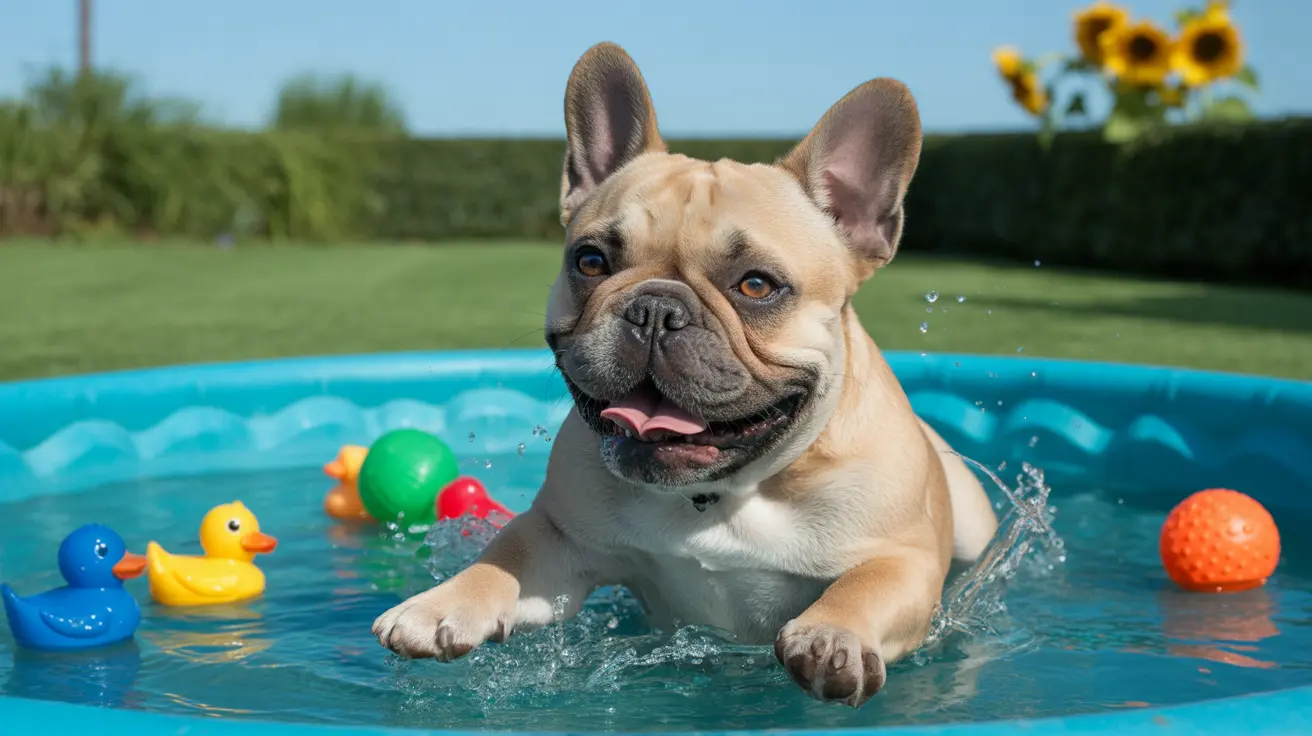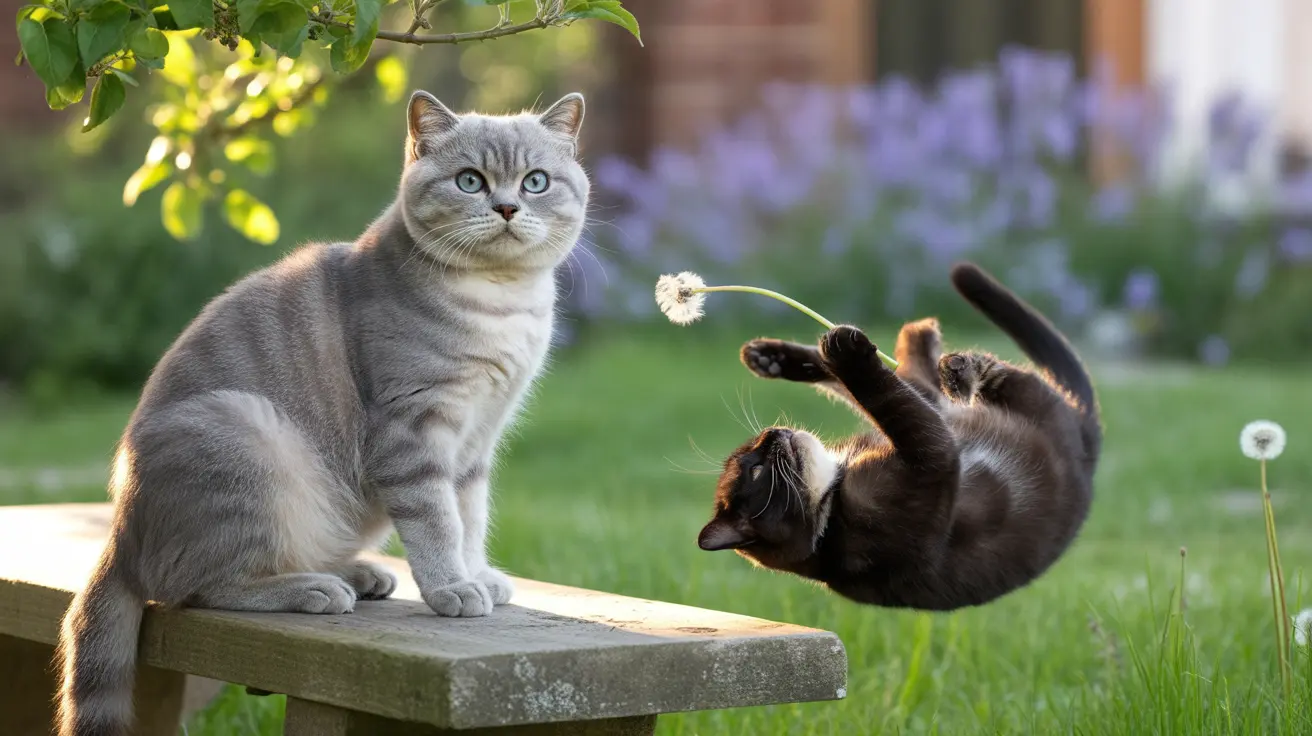The Shikoku Dog: Japan's Rare and Loyal Hunter
The Shikoku dog, also called Shikoku Ken or Kochi Ken, stands out as a rare and fascinating breed with deep roots in Japan's mountainous Shikoku Island. Developed for hunting wild boar and deer, these dogs are prized for their athleticism, intelligence, and unwavering loyalty. Let's dive into what makes the Shikoku unique, from its history and appearance to its temperament and care requirements.
Origins and History
The Shikoku hails from the rugged Kochi Prefecture on Shikoku Island. As one of six native Japanese hunting breeds, it was bred specifically to navigate steep, forested terrain in pursuit of large game. The breed's lineage includes three main bloodlines: Awa, Hongawa, and Hata. Of these, the Hongawa line is considered the purest, thanks to its isolation in remote regions. Over time, the modern Shikoku has become a blend of Hongawa and Hata lines, as the Awa line has nearly vanished. In 1937, Japan designated the Shikoku a Living National Monument, cementing its cultural significance.
Physical Characteristics
- Size: Medium-sized; stands 17–22 inches at the shoulder and weighs 35–55 pounds.
- Build: Compact, muscular, and athletic—never bulky or overweight.
- Ears: Triangular, pricked, and slightly forward-pointing.
- Tail: Curled over the back.
The breed standard emphasizes visible musculature and an agile frame. Distinct bloodlines show subtle differences: Hongawa Shikoku are lighter with thinner coats, while Hata Shikoku are stockier with more defined coat color boundaries.
Coat and Coloring
The Shikoku sports a double coat: a harsh, straight outer layer and a soft, dense undercoat. Recognized coat colors include:
- Sesame: Red and black hairs mixed evenly.
- Red Sesame: More red than black.
- Black Sesame: More black than red.
- Black and Tan: Now standard in Japan; features "yotsume" (white dots above the eyes).
White or cream (shiro) Shikoku exist but are not preferred. All Shikoku should display urajiro: white or cream markings on the muzzle, cheeks, neck, chest, belly, underside of the tail, and inside the legs.
Temperament and Behavior
A Shikoku's personality is defined by intelligence, alertness, and a strong hunting instinct. They're loyal to their families but reserved—sometimes aloof—with strangers. While not aggressive by nature, their wariness can lead to cautious or reactive behavior if not properly socialized. Independence and stubbornness are hallmarks of the breed, so they're best suited for experienced dog owners who understand canine behavior.
- Loyal and devoted to family
- Reserved or watchful with strangers
- Strong prey drive—unreliable off-leash
- Quiet; not prone to frequent barking
Shikoku are not lapdogs. They prefer active households with adults or older children who respect canine boundaries. Their high prey drive makes them unsuitable for homes with small pets.
Exercise and Care Needs
This breed thrives on activity. Daily exercise—long walks, hikes, games, or canine sports—is essential to keep them happy and healthy. Without enough stimulation, Shikoku can become bored and destructive. They need secure, fenced outdoor spaces for safe play.
- Mental Stimulation: Puzzle toys, training sessions, or jobs help channel their intelligence.
- Training: Positive reinforcement works best; early socialization is crucial to prevent territorial or reactive tendencies.
Their strong-willed nature means consistent, patient handling is a must. Novice owners may find them challenging.
Grooming
The Shikoku's double coat is easy to maintain with regular brushing a few times a week. Shedding increases during seasonal "coat blows," requiring more frequent grooming. Bathing is rarely needed. Don't forget routine nail trims, dental care, and ear checks.
Health and Lifespan
The breed is generally robust, living 10–15 years on average. Still, some genetic health concerns exist:
- Hip, knee, or elbow dysplasia
- Luxating patella
- Idiopathic epilepsy
- Allergies (food, environmental, flea)
Rare conditions like canine focal metatarsal fistulation and neuronal ceroid lipofuscinosis have been reported in Japan. Responsible breeders screen for these issues before breeding.
Feeding
A high-quality diet tailored to age, size, and activity level keeps Shikoku healthy. Adults usually do well on two meals per day; puppies may need more frequent feeding. They're sometimes picky eaters—monitor their habits and consult a vet if needed.
Status and Recognition
The Shikoku is not recognized by the American Kennel Club but appears in its Foundation Stock Service. It's fully recognized by the United Kennel Club, Japan Kennel Club, and Fédération Cynologique Internationale.
Finding a Shikoku
This breed remains rare outside Japan. Prospective owners often wait months (or longer) for a puppy from reputable breeders. Rescue opportunities are uncommon. Commitment to exercise, training, and an active lifestyle is essential for successful ownership.
Key Takeaways
- Medium-sized Japanese hunting dog with athletic build
- Double coat in sesame or black & tan colors with urajiro markings
- Loyal but reserved; best for experienced owners
- Needs daily exercise and mental stimulation
If you're seeking an energetic companion who's loyal yet independent—and you're ready for the challenge—the Shikoku might be the perfect fit.





